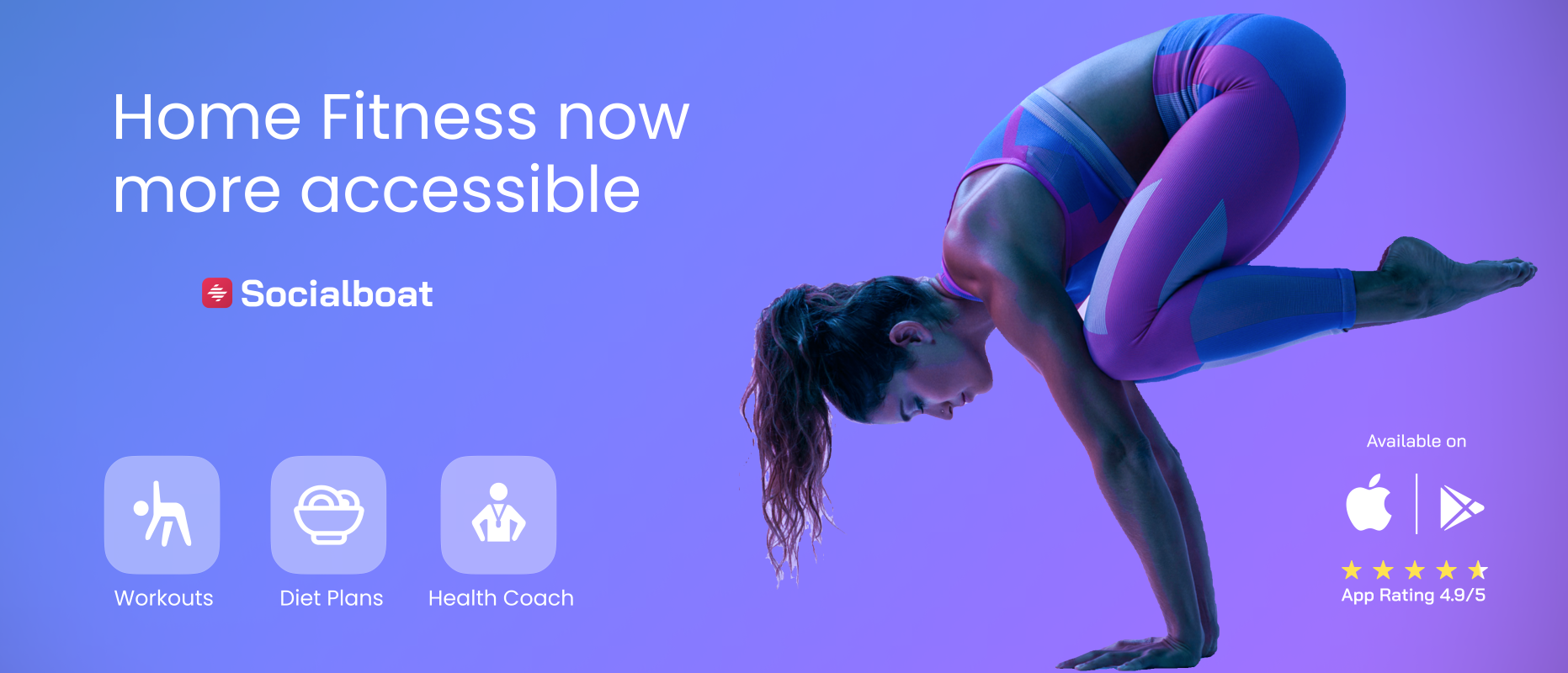Don't Confuse Hunger with Thirst: Understanding Your Body's Signals
Recognizing hunger and thirst signals is crucial for overall health and preventing overeating, as misinterpreting thirst as hunger can result in unnecessary calorie intake.

The human body is a remarkable machine, constantly sending signals to convey its needs. Two of the most fundamental signals are hunger and thirst, and they can sometimes be easily confused. Have you ever felt hungry but discovered that a glass of water was all you needed? Or have you ever mistaken thirst for hunger and found yourself overeating? In this blog, we will explore the fascinating interplay between hunger and thirst and by understanding these cues, you can make informed choices about what your body truly needs.
1.The Complex Dance of Hunger and Thirst Signals
To grasp the relationship between hunger and thirst, let's begin by understanding how these signals work.
Hunger is the body's way of indicating the need for sustenance, primarily driven by the stomach and hormones like ghrelin. Thirst, on the other hand, is the body's way of signaling the need for hydration, managed by the brain's hypothalamus.
The signals for hunger and thirst share some common pathways, leading to occasional confusion. This overlap can result in people misinterpreting their body's needs and consuming food when they are actually thirsty.
2. The Deceptive Nature of Thirst
Thirst can be a tricky sensation to interpret accurately.
Thirst can manifest differently in individuals, ranging from mild to severe sensations. Some people may experience thirst as a dry mouth, while others may not notice it until it becomes pronounced.
The intensity of thirst can vary based on factors like diet, activity level, and overall health. As a result, it's easy to overlook mild thirst signals, which can then be misinterpreted as hunger.
3. Hydration: The Key to Understanding Signals
Proper hydration is a fundamental aspect of understanding your body's signals accurately.
Staying adequately hydrated is crucial for overall health, as water is involved in various bodily functions, including digestion, circulation, and temperature regulation.
Dehydration can lead to a host of issues, including altered hunger signals. When you're dehydrated, your body may produce sensations that mimic hunger, leading to unnecessary calorie consumption.
4. Mindful Eating: The Solution to Misinterpreted Signals
Mindful eating can help you differentiate between true hunger and thirst.
Mindful eating involves paying close attention to your body's signals, eating slowly, and savoring each bite. It allows you to connect with your body's true needs.
By practicing mindful eating, you can become more attuned to your body's signals, helping you identify whether you're truly hungry or simply thirsty. This can prevent overeating and promote better hydration.
5. Strategies for Staying Hydrated
Now that we understand the importance of hydration and mindful eating, let's explore practical strategies for staying properly hydrated.
Staying hydrated involves more than just drinking water. Many foods have high water content and can contribute to your daily fluid intake.
Consuming hydrating foods like watermelon, cucumber, and oranges can help maintain your body's fluid balance. These foods provide both water and essential nutrients, further supporting overall health.
SUMMARY
Understanding the signals of hunger and thirst is essential for maintaining overall health and preventing overeating. Thirst can often be misinterpreted as hunger, leading to unnecessary calorie consumption. By staying properly hydrated and practicing mindful eating, you can differentiate between these signals and make informed choices about what your body truly needs.
Proper hydration is not just about drinking water; it also involves consuming hydrating foods and paying attention to your body's cues. By nurturing this connection with your body, you can enjoy better health and a more harmonious relationship with food.
Jayti Shah is a Clinical Nutritionist with a master's degree in Clinical Nutrition and Dietetics. She is a member of the Indian Dietetic Association (IDA). Over the last 9 years, she has helped 400 clients in their clinical and weight loss journeys. She works with SocialBoat as a nutrition consultant.
At SocialBoat, we offer custom diet plans and guided workouts to help you achieve your goals in a 360-degree approach. Our gamified experience ensures that you don’t find workouts boring and we reward you for being consistent with your efforts.

REFERENCES
1.Johnson, A. K., & Thunhorst, R. L. (1997). The neuroendocrinology of thirst and salt appetite: visceral sensory signals and mechanisms of central integration. Frontiers in Neuroendocrinology, 18(3), 292-353.
2. Stookey, J. D., Constant, F., Gardner, C. D., & Popkin, B. M. (2008). Rehydration with beverages differing in electrolyte and carbohydrate content. Physiology & Behavior, 93(3), 748-752.
3. Dalen, J., Smith, B. W., Shelley, B. M., Sloan, A. L., Leahigh, L., & Begay, D. (2010). Pilot study: Mindful Eating and Living (MEAL): weight, eating behavior, and psychological outcomes associated with a mindfulness-based intervention for people with obesity. Complementary Therapies in Medicine, 18(6), 260-264.
4. Drewnowski, A., Almiron-Roig, E., Human, V., Alamar, M., & Fiszman, S. (2010). A taste for fat in Americans: results from a national tasting experiment. Journal of the American Dietetic Association, 110(6), 871-880.
